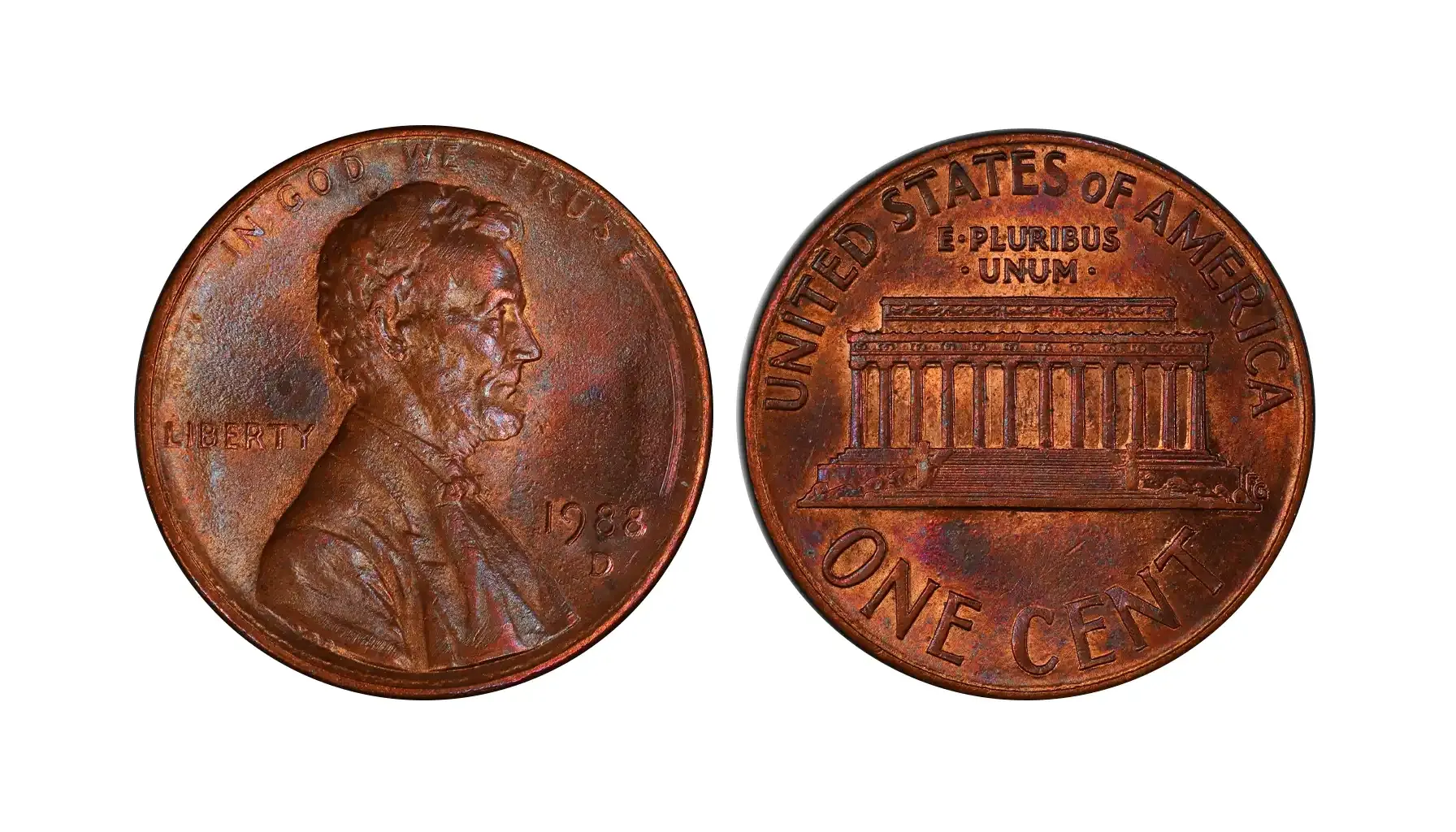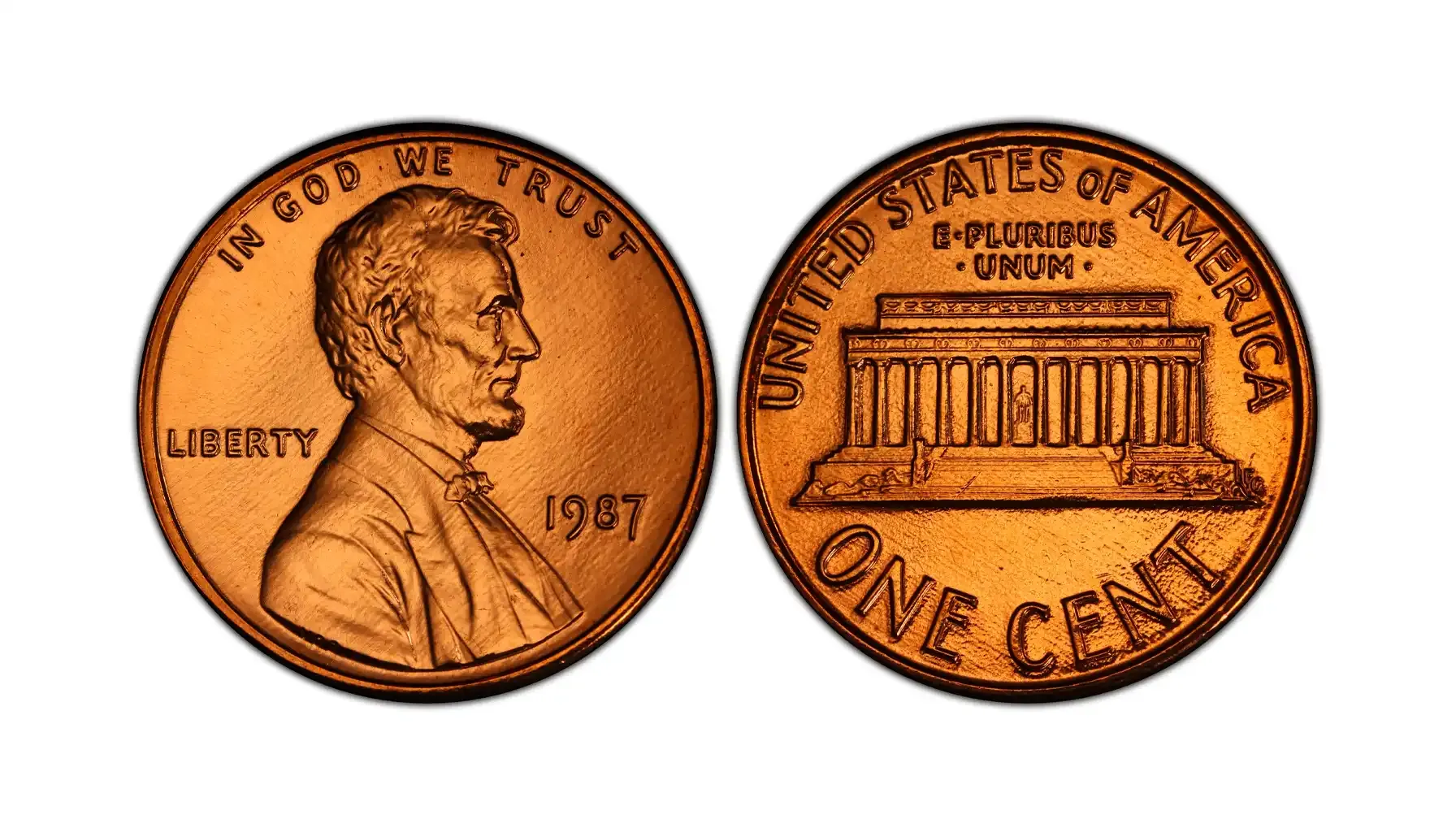Contents:
The Roosevelt coin has been in circulation since 1946, honoring President Franklin D. Roosevelt and designed for everyday use. Many of these United States dimes are still in circulation. Some specific years and variations are of interest to collectors.
At a glance, the 1973 dime doesn’t seem unusual. This coin is not silver or ancient, and millions were made. But there is a chance your 1973 coin is valuable.
This article breaks down the 1973 Roosevelt Dime in detail. We’ll focus on the no mint mark version, known error coins, and value based on grade. Here you can figure out if the dime in your pocket is worth more than 10 cents
Read about the coin here or use a coin identifier to know how much it costs, so, is a 1973 dime worth anything?
Basic Facts About the 1973 Roosevelt Dime
Do 1973 dimes worth money? The 1973 Roosevelt Dime was minted in three locations: Philadelphia (no mint mark), Denver (1973 “D” dime), and San Francisco mint (“S” for proofs). Like most modern dimes, the coin is a clad composition—outer layers of copper-nickel over a solid copper core.
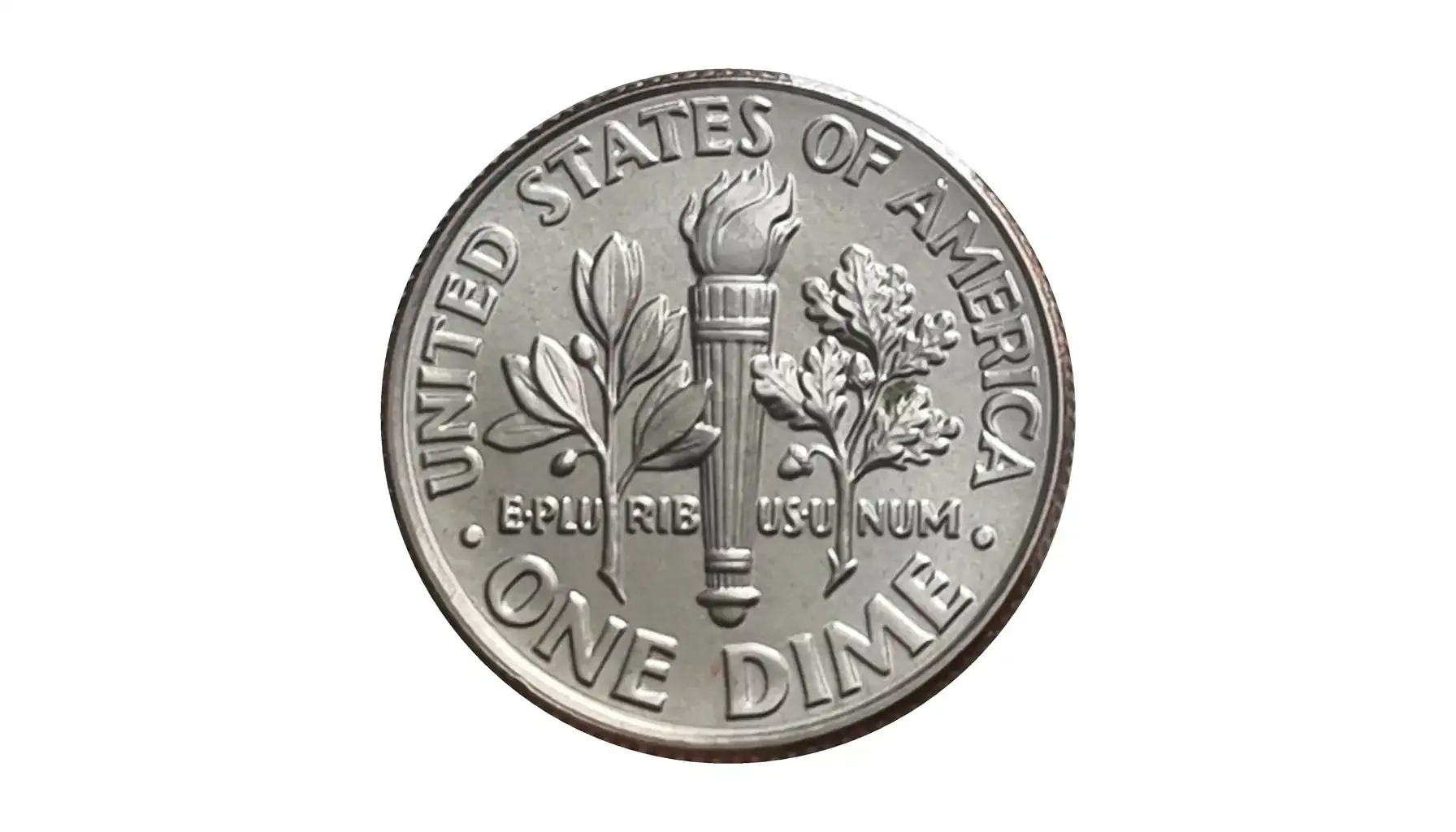
Quick specs:
Designer | John R. Sinnock |
Composition | 91.67% copper, 8.33% nickel |
Weight | 2.27 grams |
Diameter | 17.9 mm |
Edge | Reeded |
Obverse design | Roosevelt’s profile with "LIBERTY," "IN GOD WE TRUST," and the date |
Reverse design | Torch flanked by olive and oak branches |
Understanding Mint Marks on 1973 Dimes
Before jumping into 1973 D dime value, it is helpful to understand what mint marks mean. In 1973, Roosevelt 1973 p dime was minted in Philadelphia. So, if 1973 dime has no mint mark, if it is from this area. But these coins can also be from Denver (marked as “D”), and San Francisco (marked as “S”).
If your coin lacks a letter near the date, it came from Philadelphia. That’s perfectly normal for the time—Philadelphia didn’t start using “P” on dimes until 1980. Mint marks have collector interest, especially when combined with condition and strike quality.
How to Spot a Valuable 1973 Dime
Do you know how much a 1973 dime is worth? Not every dime from 1973 is worth more than face value, but there are a few signs that yours might be. You can read the guide “What President Is On the Dime?” to know the real value of possessed coins.
1973 no mint mark dime still can be valuable, look for sharp detail, no visible wear, and strong luster. If the coin has a dramatic error, like being off-center or missing part of its edge, it’s worth investigating further.
On the reverse, check the torch: clearly defined horizontal lines (known as Full Bands) are often worth a premium when graded MS65 or higher. If in doubt, compare your coin to photos of known high-grade examples or get an expert opinion.
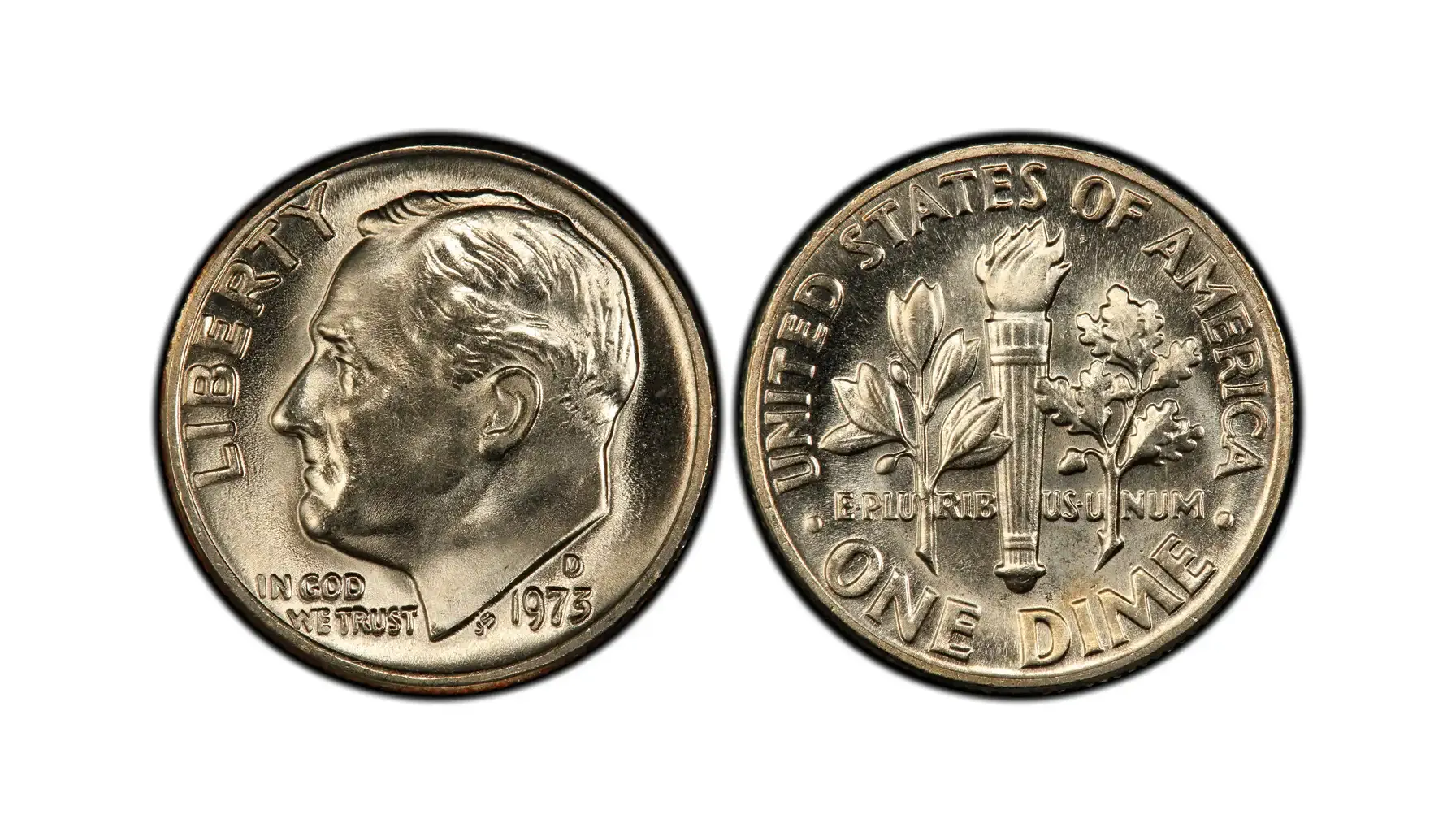
No Mint Mark 1973 Dime – What It Means
If you have a 1973 Roosevelt Dime without a mint mark, you’re looking at a coin minted in Philadelphia. This version is the second most common of the three from that year. In circulated condition, these coins are typically worth their face value.
That said, Philadelphia coins from this era are known for being poorly struck. Which means sharply detailed, well-preserved examples are more desirable. So, what is the 1973 dime value with no mint mark?
Collectors often seek out coins in pristine condition from every year and mint. For the 1973 no mint mark dime, the real 1973 dime value lies in uncirculated grades—especially MS66 and above.
These high-end examples are much less common and can command a higher price. Especially if they also feature Full Bands (a sharply struck reverse with clearly defined horizontal lines on the torch).

1973 no mint mark dime value can be worth a face value or up to $50.
1973 Dime Errors to Look Out For
1973 D dime error value depends on several factors. These coins can be among the most interesting and valuable parts of modern coin collecting. While rare, 1973 Roosevelt Dimes with certain errors have appeared on the market. 1973 dime error include:
Off-Center Strike. A struck off-center looks like it is missing part of its design. If the date is still fully visible, collectors may pay $10–$50 depending on the degree of the off-center error.

Double Die (Obverse or Reverse). If parts of the lettering or design appear doubled, especially on “IN GOD WE TRUST” or the date, you might have a double die error. If you have more double die pennies, it is recommended to read the Top Double Die Pennies article with a detailed list. These are harder to spot without magnification. They can be worth anywhere from $20 to several hundred dollars depending on severity and demand.
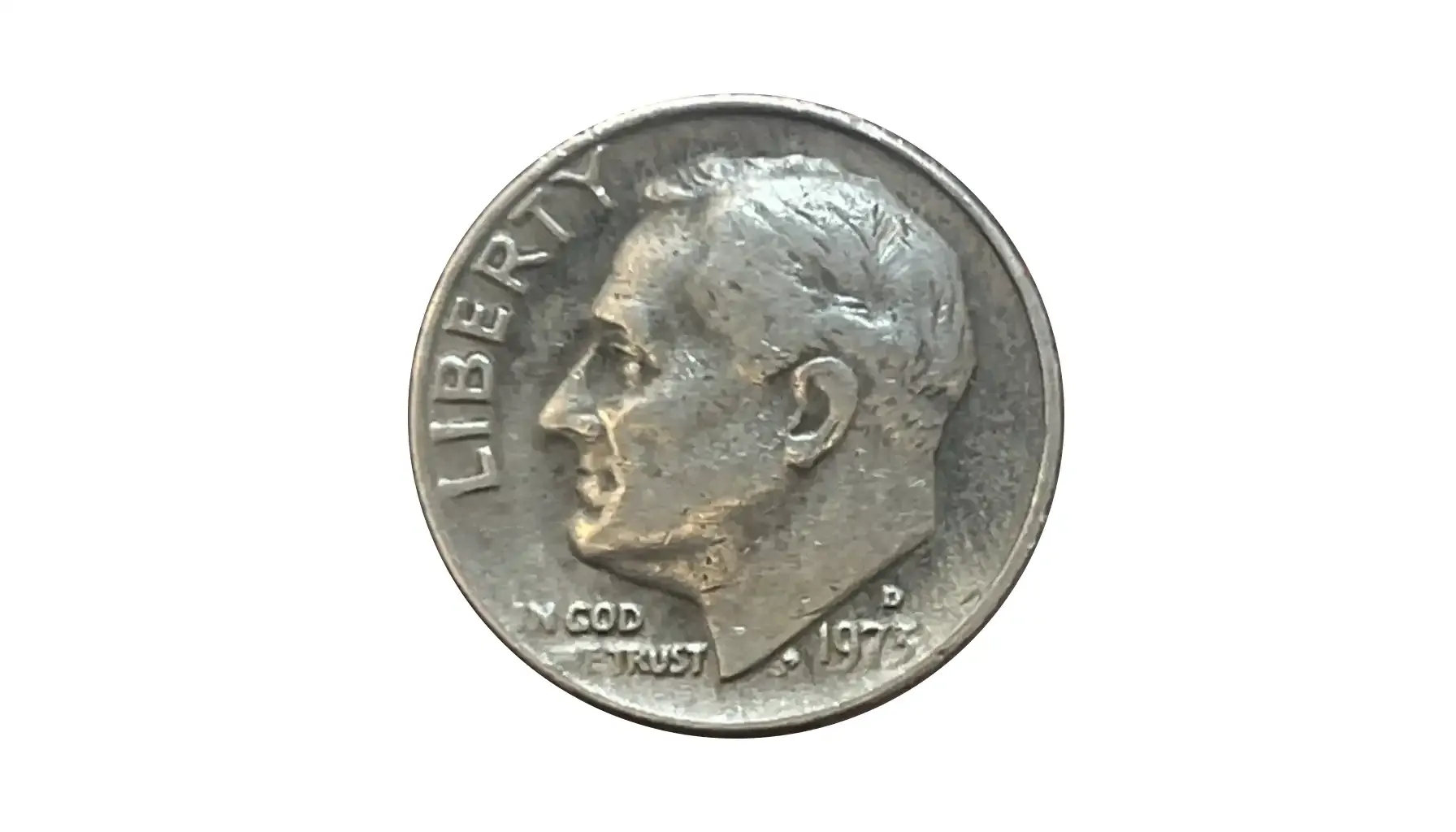
Clipped Planchet. This happens when a blank isn’t cut properly, leaving a curved “bite” out of the coin. These can bring $5–$15 depending on size and condition.
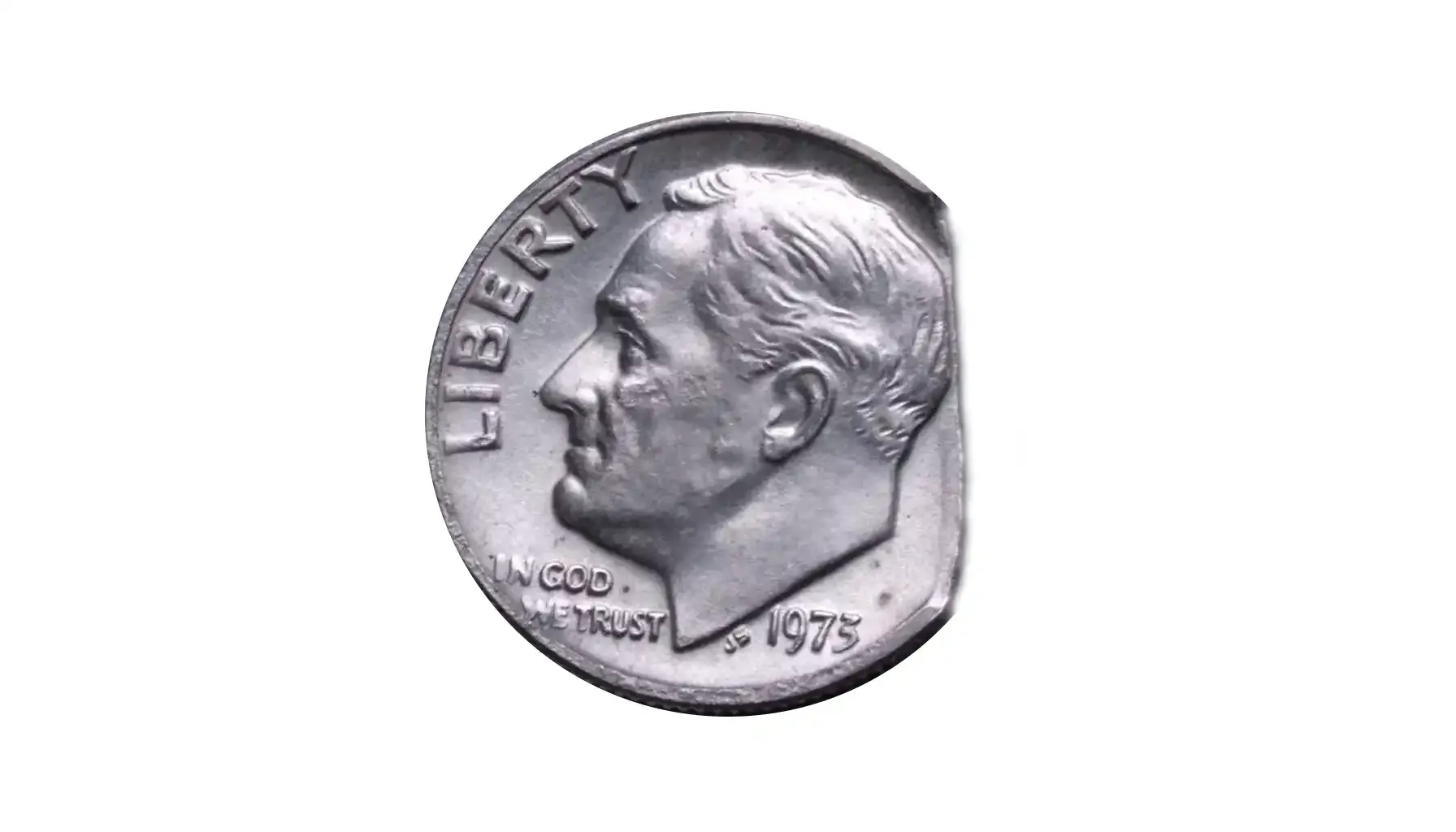
These are the most common Roosevelt dime errors. After the 1973 dime error list with pictures, it should be mentioned, but cannot be included in the 1973 dime error list. The thing about Full Bands (FB).
Not a mint error but a strike characteristic. If the horizontal bands on the torch are fully separated and well-defined, is a "Full Bands". Full Bands coins in MS67 and higher grades are highly collectible and can be worth several times more than standard examples.
What Makes a 1973 Dime Worth Collecting?
Most circulated 1973 dimes won’t get a second glance. But collectors still chase top-grade pieces and rare errors. Even a common year like 1973 fits into a full Roosevelt collection. Especially if it is uncirculated or has strong details.
Some collect coins from their birth year or hunt for every date and mint combo. The Full Bands variety, in particular, can command higher prices and is harder to find in older coins.
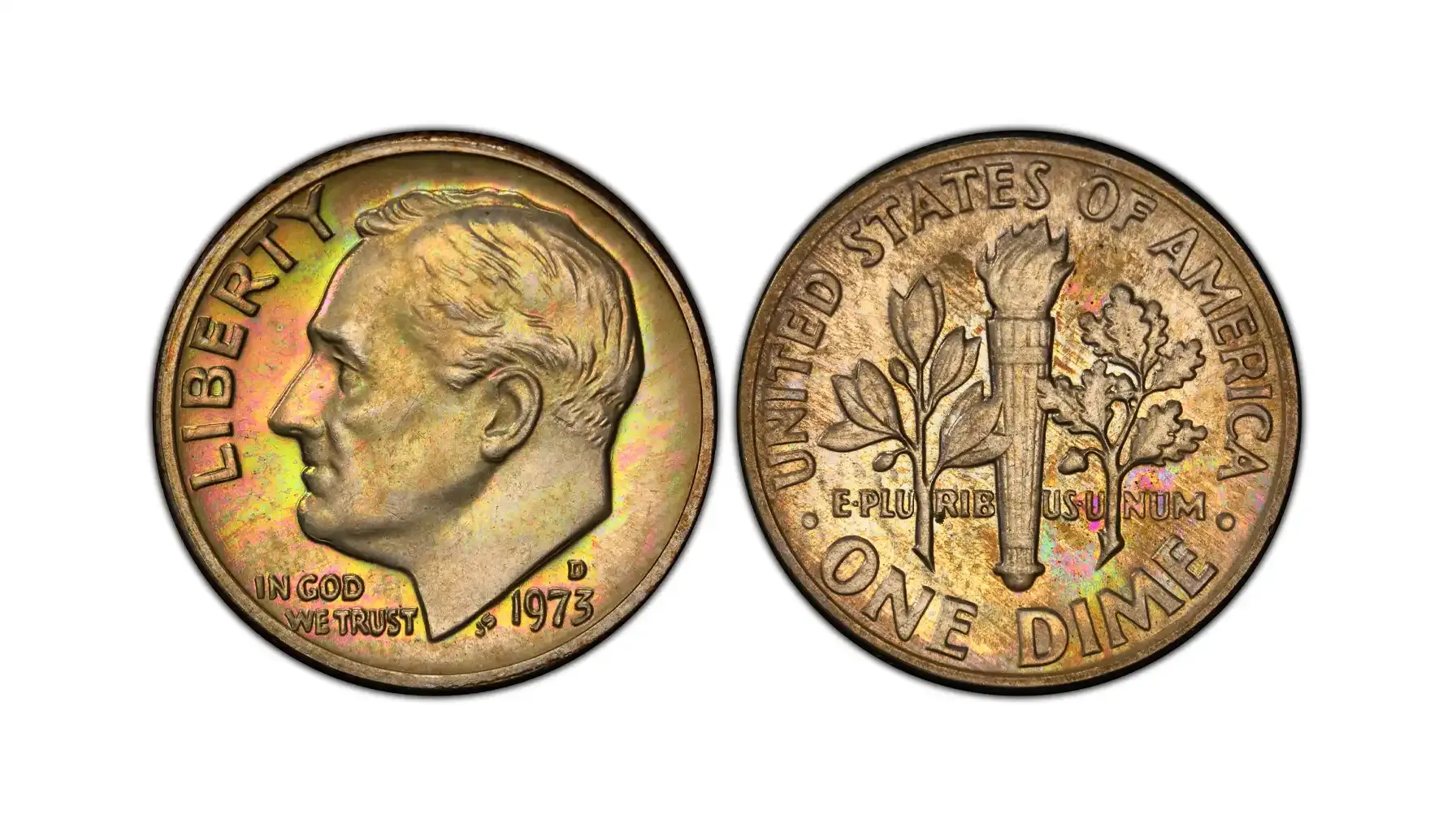
Not every 1973 dime is valuable, but it is worth learning what to look for. Start by checking for wear. Coins that have been in circulation will have dull surfaces and often minor scratches.
1973 no mint dime that’s bright, sharply detailed, and free of obvious wear might fall into the uncirculated category (Mint State or MS). These are graded on a 70-point scale, with MS60 being the lowest level of uncirculated and MS70 being a flawless coin. Most 1973 dimes that hold value start at MS65, with values increasing significantly at MS67 and above. To know the exact value of your coin, consider also the Sheldon Grading Scale.
Where to Check or Sell Yours
If you’ve come across a 1973 dime and want to know if it’s worth selling, here are some smart ways to profit from your coin:
Local Coin Shops. These are convenient places to get a quick, in-person opinion. A dealer can usually tell right away if your coin has collector potential or if it’s just pocket change. Many shops will buy valuable coins on the spot if they show unusual features.
Grading Services. Professional grading through PCGS or NGC can add credibility and increase the sale price. If your dime looks uncirculated and has no scratches or dings, grading is worth considering. Coins with Full Bands or known errors often perform better when certified.
Online Auctions. eBay, GreatCollections, and Heritage Auctions are active platforms for selling Roosevelt dimes. Before listing your coin, research similar items to understand current market trends. Good photos, clear descriptions, and certified grades help increase buyer interest and final sale price.
Coin Shows. Attending a coin show lets you meet multiple dealers and collectors in one place. These events are great for comparing prices, getting appraisals, and learning more about your coin. Larger shows sometimes even have grading representatives onsite.
Online Forums and Communities. Websites like CoinTalk, Reddit’s r/coins, or Numista allow collectors to post photos and get feedback. While not a marketplace, these spaces can be useful for free assessments and education.
Even if your 1973 has no mint mark turns out to be a typical circulated example, the process of checking, learning, and exploring its history is part of what makes collecting enjoyable.
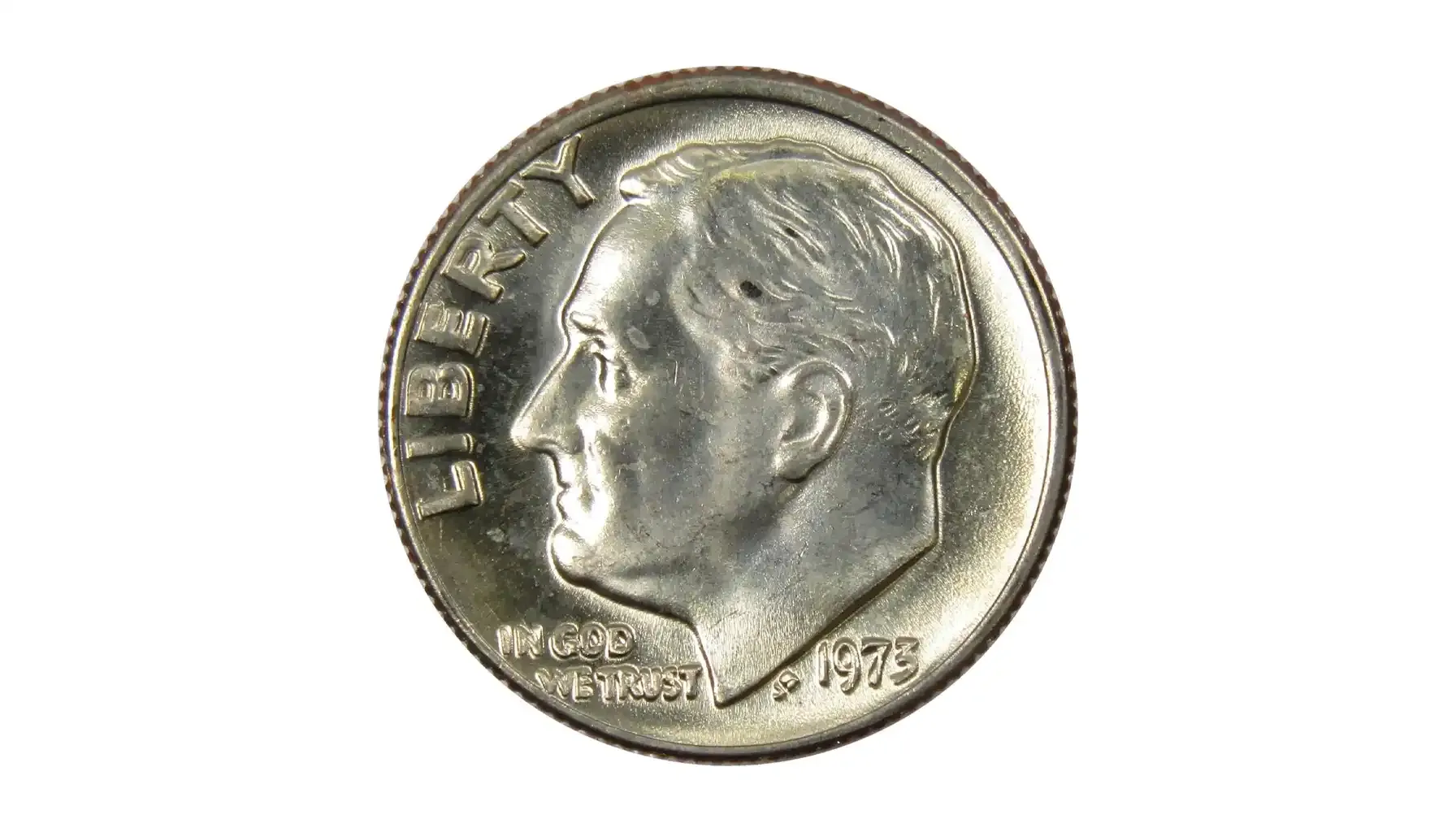
How to Protect Your Coins
If you do discover that your 1973 dime has potential value, it is important to protect it. Here are some tips:
Use Proper Storage Materials. Store the coin in a non-PVC flip, acid-free paper envelope, or airtight capsule. PVC (polyvinyl chloride) can break down over time and leave a green residue that damages the surface. Airtight holders, such as coin capsules, offer excellent protection against air and moisture.
Handle with Care. The natural oils and moisture on your fingers can cause discoloration or spots over time. Always handle coins by their edges, and use soft cotton gloves if possible. An important thing for uncirculated or proof Roosevelt dime coins.
Avoid Exposure to Humidity and Fluctuating Temperatures. Coins stored in basements, attics, or other unstable environments can corrode or tone. Instead, keep your collection in a dry, temperature-controlled space. Silica gel packets reduce humidity inside storage containers or safes
Taking these small but steps helps preserve the condition and value of your coins. Whether you’re collecting casually or seriously investing in numismatics, proper care is part of the process.
Wrap-Up
The 1973 Roosevelt Dime is a common coin from a year with hundreds of millions minted. Especially at the Philadelphia Mint, which produced no mint mark versions. In most cases, these dimes still circulate today and are worth no more than their face value. But don’t let that fool you—condition, minting quirks, and small errors can turn an ordinary coin into something collectors want.


